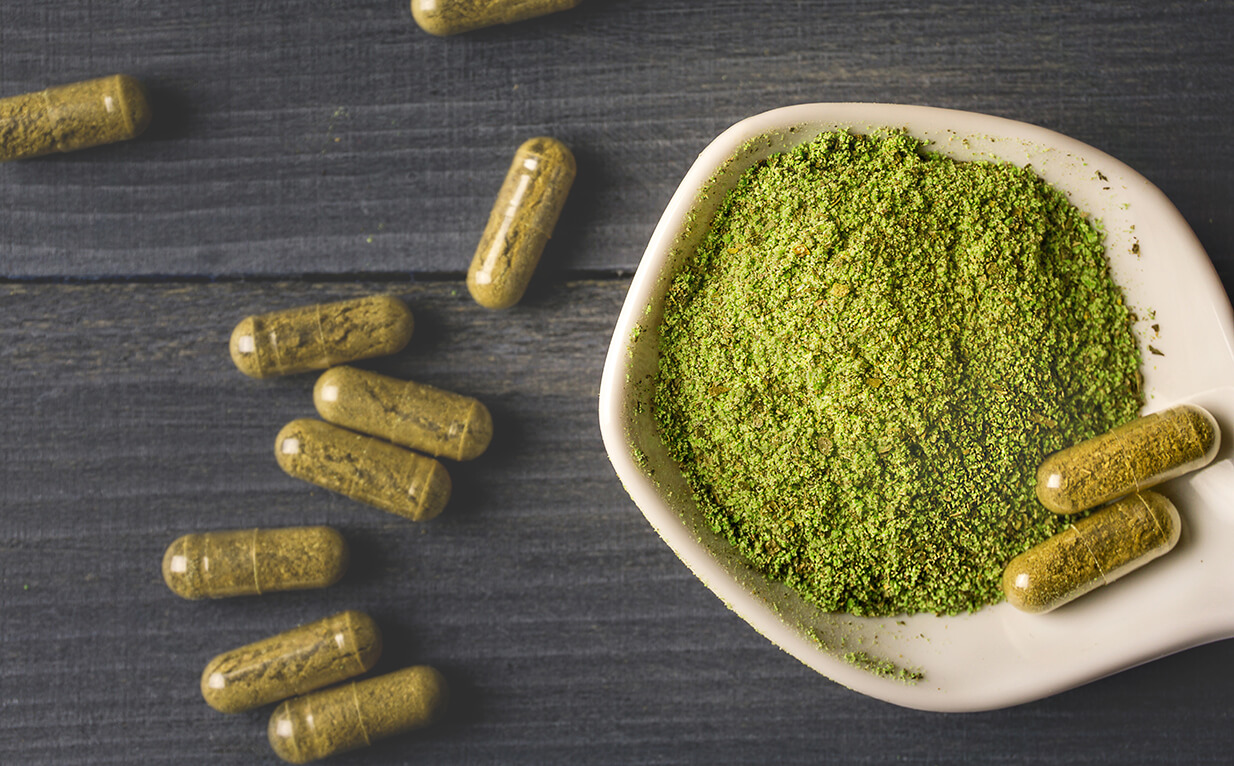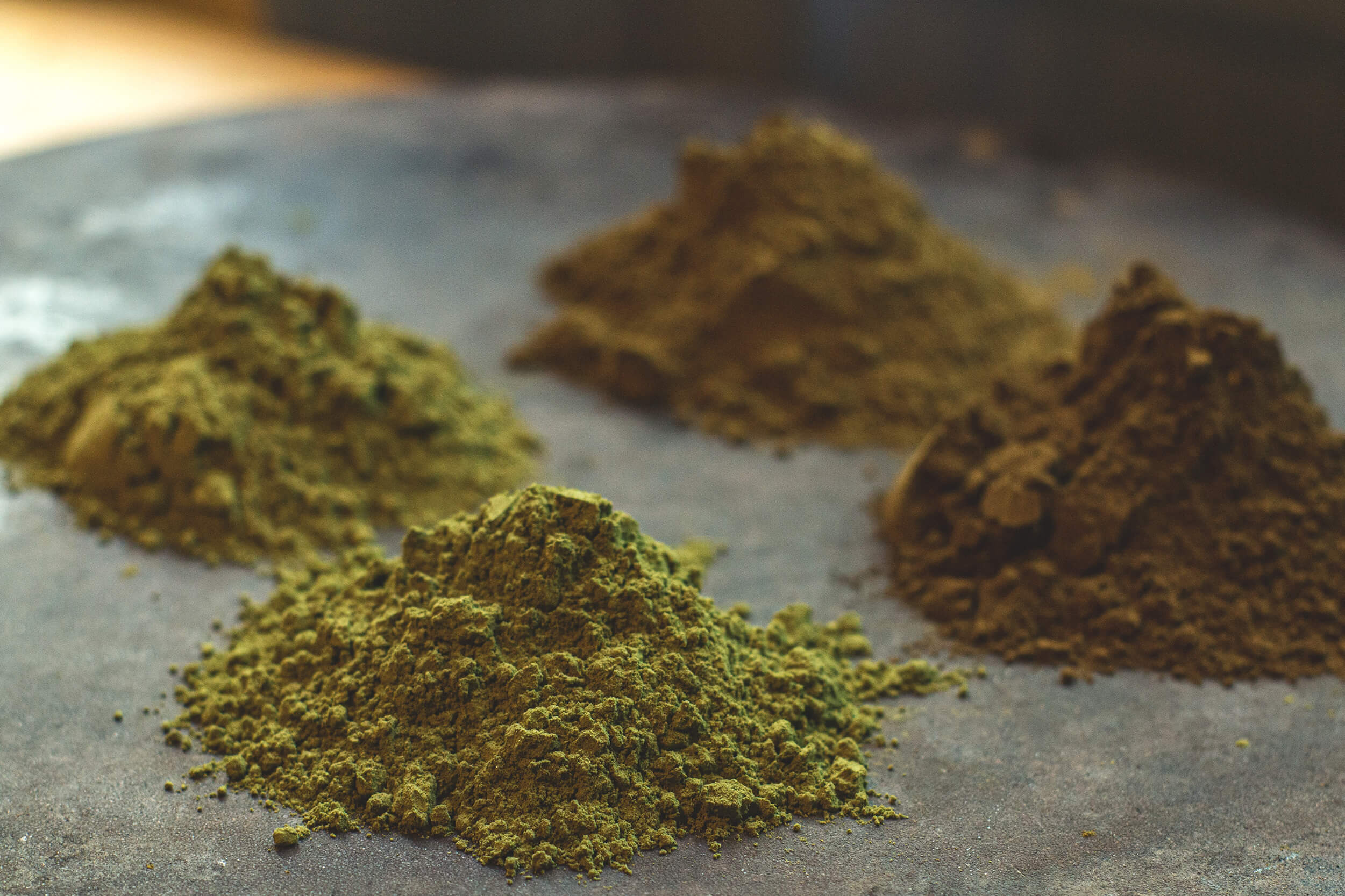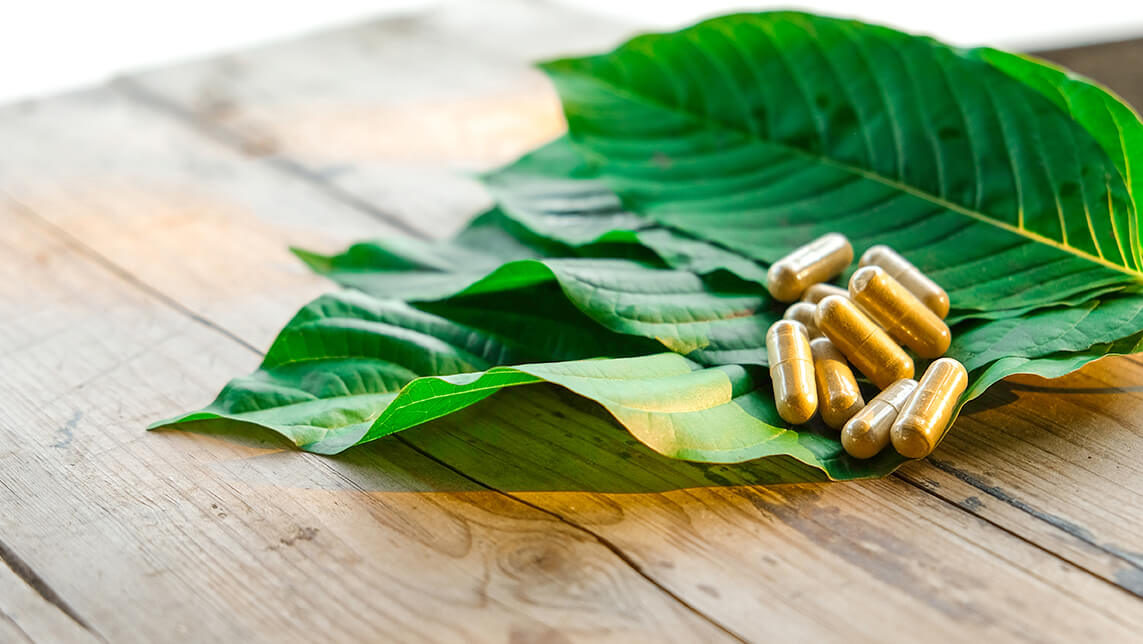If you’re a Kratom beginner, the first thing you should know is that Kratom is a tropical plant! The tropical tree Mitragyna speciosa Korth, better known as Kratom, can seem overwhelming to Kratom beginners since it has so many potential uses. Kratom has become a globally known phenomenon. Used for centuries in Southeast Asia, the internet is now expanding Kratom’s reach and making it more accessible to consumers worldwide. While Kratom is continually touted for its potential benefits in supporting a range of issues, including chronic pain, anxiety, and mood, and more individuals begin turning to it as a natural remedy, many are still unaware of the basic history of the Kratom market.
In this post, we will dive into the finer details of Kratom and the Kratom market to provide a well-rounded description of everything kratom beginners need to know about this potent, tropical botanical.
Kratom 101: What beginners need to know

Kratom was scientifically named Mitragyna speciosa by the Dutch botanist, Pieter Willem Korthals, who studied the tree’s properties, characteristics, and effects. When deciding on a name, Korthals observed the rounded nature of the leaves that drew to a singular point much like a bishop’s traditional headpiece known as a mitre. This led him to chose the genus Mitragyna.
The origins of Kratom use can be traced back to its native regions of Southeast Asia, including Thailand, Malaysia, Indonesia, Malayasia, and parts of the Pacific Rim. In these areas, Kratom was mainly used by manual laborers who dried the leaves of the Kratom tree to then chew, brew into tea, or drink with water as a way to increase productivity while working. The leaves were also helpful in reducing fatigue and enhancing energy levels. It was also common to use Kratom for cultural purposes in religious ceremonies.
The effects of Kratom, including its psychoactive properties and powerful analgesic effect on those who use it regularly for chronic pain can be attributed to the 20+ alkaloids it contains. The two potent, primary active ingredients in Kratom are mitragynine and 7-hydroxymitragynine. Both are similar in the way they interact with the brain’s main opioid receptor, the “mu receptor,” which is what can result in an elevated mood or reduced pain. Their differences lie in their chemical makeup and the impact they have on the body, which varies depending on the dosage taken.
One article* led by a team of scholars and researchers explained that smaller doses can result in stimulation similar to that of cocaine or amphetamines, while a higher dosage is typically “associated with sedative-narcotic effects that resemble drugs such as opiates.” Such reactions can range from mild stimulation (lower doses) to sedation (higher doses), depending on how much of this substance is consumed.
When Kratom was first introduced to the western markets at the start of the 21st century, its appeal took root in its ability to be used recreationally and medicinally, primarily its ability to act as an analgesic — a drug that supports pain relief. In the U.S. alone, the approximate number of Kratom consumers in the United States was estimated by a 2019 American Kratom Association survey to be around is 15,6000,244 individuals. Since it was originally marketed to the U.S. in 1994, Kratom has steadily grown in popularity with most shipments imported from Southeast Asia.
While more research is still needed to back any health/medicinal benefits, there are also many personal stories from individuals who suffered from drug and opioid addictions and used Kratom to treat their withdrawal symptoms. They have claimed that Kratom helped to wean them off dangerous substances and ultimately turn their life around. While Kratom is not necessarily addictive in the same way that opioids are, Kratom beginners need to know that it should always be used in moderation and at the proper dosages.
What happens when you take kratom

Best methods for taking Kratom
Today, the Kratom market features capsules, powders, shots, and other products that are simple to take and incorporate into a weekly routine. Here’s what Kratom beginners need to know about a few of the most popular methods:
1.) Chew the leaves: This traditional method is the easiest way to introduce Kratom to your system as it produces near-immediate effects. Just make sure to wash the leaves before you take them!
2.) Mixing into beverages: Kratom can be added to tea by soaking the leaves in boiling water or adding a Kratom powder to very warm water. If using Kratom powder in a tea, it’s important not to add it to boiling water, as the high temperatures might dilute its effects. If you’re not a fan of the taste of Kratom powder, it also works great with other beverages, including lattes, hot chocolate, juices, and lemonade.
3.) Gummies: These candied treats are often infused with sour or sweet fruity flavors and are easy to take on-the-go for a convenient, delicious method!
4.) Capsules
5.) Shots
Kratom strains

Kratom can be separated into four strains — red, green, white, and yellow — that are based on the vein color of its leaves. Because Kratom’s leaves are full of alkaloids, each strain produces different effects, such as balance, energy, focus, pain relief, and serenity.
- Red Vein: Found near the taller parts of the Kratom tree, Red Kratom strains are ideal for tranquility, relaxation, pain relief and sleep support due to their high levels of 7-hydroxymitragynine. Strains of red vein Kratom tend to be the most popular and are an ideal starting point for beginners.
- Green Vein: For a perfect-yet-subtle balance of the red vein and white vein varieties, Kratom’s green vein can help find that happy, mild middle ground between relaxation and stimulation. It is also thought to aid in digestion and pain relief depending on the strain.
- White Vein: Similar to the green vein, strains of the white vein can support energy levels, an improved mood, and stress relief.
- Yellow Vein: Hello, mellow! The king of chill, Kratom’s yellow strain has been said to help with anxiety relief, sleep issues, and mood.
With many different varieties of Kratom on the market, it’s important to keep in mind that some can be stimulating while others are sedating. Many vendors offer sample packs of pure leaves (a single strain of one vein) or blends (a combination of strains) for users to try. When just starting out, Kratom beginners need to know that experimenting with one strain at a time to find what works best for you is recommended. In doing this, you will find which strain aligns best with your needs and which your body responds best to. Depending on your preferences, you should also try various methods of consumption to determine its effects and how it fits your lifestyle.
Publication details: Biomed Res Int. 2015;2015:968786. doi: 10.1155/2015/968786. Epub 2015 Nov 10. PMID: 26640804; PMCID: PMC4657101.
*Read the full report here: https://www.ncbi.nlm.nih.gov/pmc/articles/PMC4657101/
